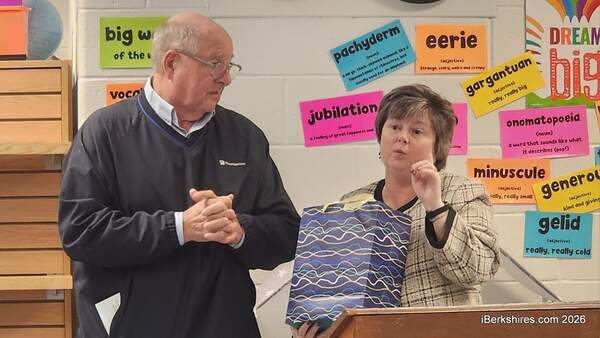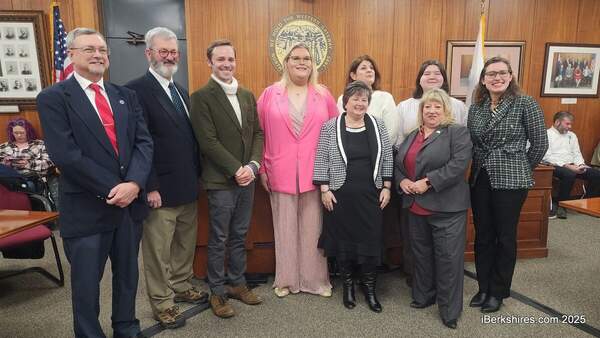How can women bridge the retirement gap?
 |
March 8 is International Women's Day, a day for celebrating all the accomplishments of women around the globe. But many women still need to make up ground in one key area: retirement security.
Women's challenges in achieving a secure retirement are due to several factors, including these:
- Pay gap – It's smaller than it once was, but a wage gap still exists between men and women. In fact, women earn, on average, about 82 cents for every dollar that men earn, according to the Census Bureau. And even though this gap narrows considerably at higher educational levels, it's still a source of concern. Women who earn less than men will likely contribute less to 401(k) plans and will ultimately see smaller Social Security checks.
- Longer lives – At age 65, women live, on average, about 20 more years, compared to almost 17 for men, according to the Social Security Administration. Those extra years mean extra expenses.
- Caregiving responsibilities – Traditionally, women have done much of the caregiving for young children and older parents. And while this caregiving is done with love, it also comes with financial sacrifice. Consider this: The average employment-related costs for mothers providing unpaid care is nearly $300,000 over a lifetime, according to the U.S. Department of Labor — which translates to a reduction of 15 percent of lifetime earnings. Furthermore, time away from the workforce results in fewer contributions to 401(k) and other employer-sponsored retirement plans.
Ultimately, these issues can leave women with a retirement security deficit. Here are some moves that can help close this gap:
- Contribute as much as possible to retirement plans. Try to contribute as much as you can afford to your 401(k) or similar employer-sponsored retirement plan. Your earnings can grow tax deferred and your contributions can lower your taxable income. (With a Roth 401(k), contributions aren't deductible, but earnings and withdrawals are tax free, provided you meet certain conditions.) At a minimum, contribute enough to earn your employer's matching contribution, if one is offered, and try to boost your contributions whenever your salary goes up. If you don't have access to a 401(k), but you have earned income, you can contribute to an IRA. Even if you don't have earned income, but you have a spouse who does, you might be eligible to contribute to a spousal IRA.
- Maximize Social Security benefits. You can start taking Social Security at 62, but your monthly checks will be much bigger if you can afford to wait until your full retirement age, which will be around 66½. If you are married, you may want to coordinate your benefits with those of your spouse — in some cases, it makes sense for the spouse with the lower benefits to claim first, based on their earnings record, and apply for spousal benefits later, when the spouse with higher benefits begins to collect.
- Build an emergency fund. Try to build an emergency fund containing up to six months' worth of living expenses, with the money kept in a liquid account. Having this fund available will help protect you from having to dip into your retirement accounts for large, unexpected costs, such as a major home or car repair.
It's unfortunate, but women still must travel a more difficult road than men to reach retirement security. But making the right moves can help ease the journey.















